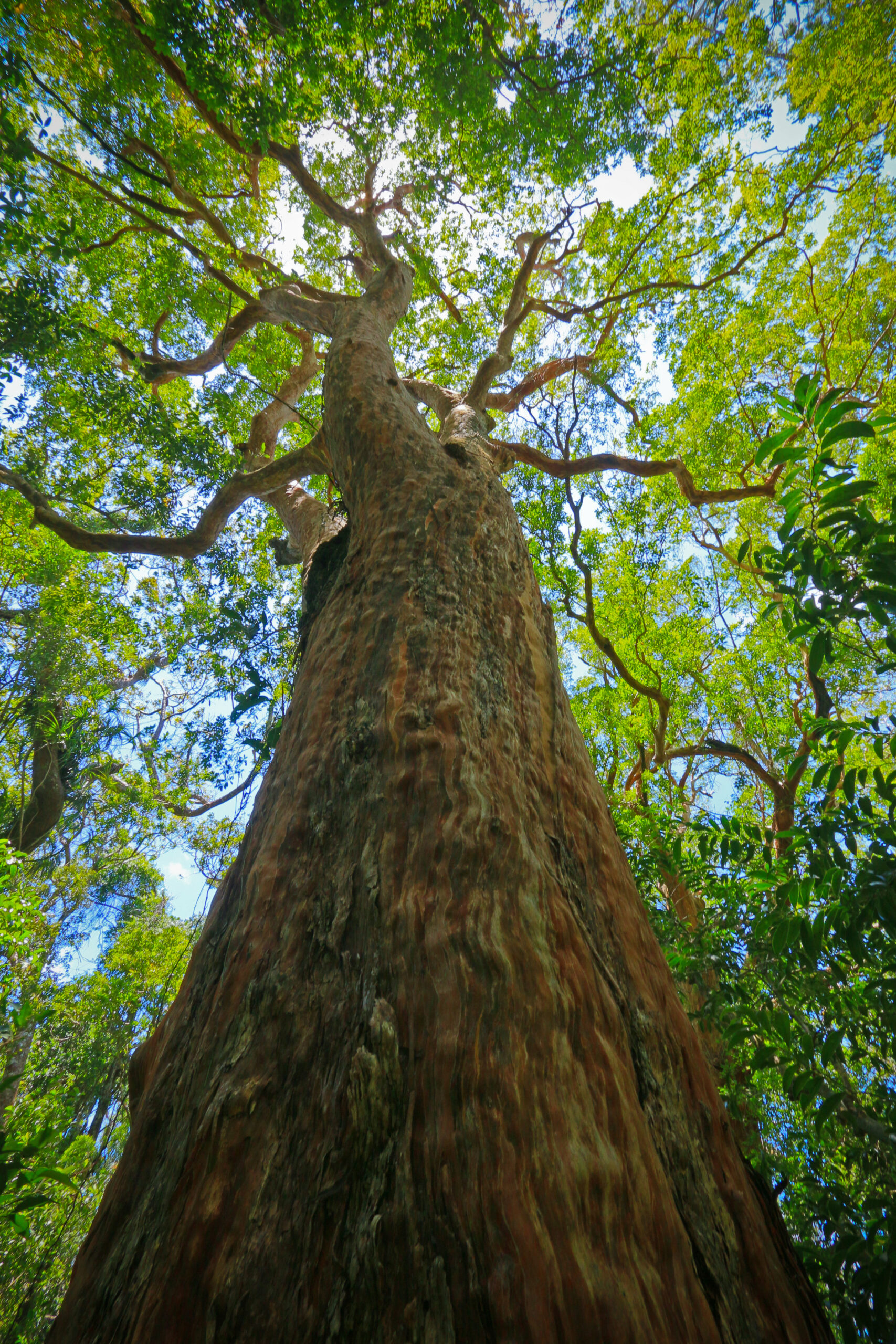| Local Name | Place |
| Alupag-amo, Alupag | Southern Tagalog |
| Apalung | Quezon |
| Marutong, Alupag, Pamirigin, Dinopa | Cagayan |
| Marutong, Alupag, Pamirigin, Dinopa | Isabela |

Did you spot something we need to update?
Do let us know. Together, let's grow the database.
Reach out to us at binhi@energy.com.ph
ASSOCIATED VEGETATION: Shorea polysperma, S. almon, S. negrosensis, Parashorea malaanonan, Dipterocarpus sp. In Negros; S. palosapis, S. almon and S. polysperma in Bislig, Mindanao; Shorea palosapis & S. contorta in forest over limestone in Northeastern Luzon near Palanan, Isabela, also - Diospyros pellucida, Terminalia foetidissima, Gynotroches axillaris, Syzygium cf. bordenii, Mangifera altissima and Ficus nervosa var. pubinervis and Rinorea bengalensis (Fernando, et al., 2008).
Primary and secondary lowland forests, often cultivated as shade tree and for its edible fruits.
SOWING. Sow seeds in seedbeds composed of garden soil and sand; spacing - 2 cm between rows and 0.5 cm within rows. Transplanting and Care of Seedlings. Transplant seedlings to pots with garden soil and sand. Transplanting age - 21 to 28 days after germination when they had 3-4 leaves; provide shade and regular watering; weed as necessary; Hardening procedures involve reduced watering and gradual exposure to full sunlight 2-3 months before outplanting. Seedlings are ready for outplanting when they reached a height of 65 cm 8 to 9 months after transplanting. TREE MANAGEMENT. Preferred cultivars are produced from trees by cutting it back drastically and inserting new shoots by veneer-grafting. Fertilization is done after fruit harvest and during the blooming season, at this time nitrogen fertilizers should be reduced. Addition of fresh rich top soil on the seedling/tree base is necessary. Tolerates brief flooding but not drought and would therefore require irrigation. Prune ¾ of the flower spikes; fruit clusters should be thinned to increase the sie and quality of the fruits. GERMPLASM MANAGEMENT: Seeds are recalcitrant. Critical moisture content is 18 %. There is 70 % survival after 7 weeks storage with anesthetic substances such as moist storage at 8-10 deg C with 100 % relative humidity and with 80 % nitrous oxide + 20 % oxygen, but no viability when water is used; and 67 % germination after 250 days moist storage in moist (20 % moisture content) perlite + 4 % chlorthalonil, at 15 deg C. PESTS AND DISEASES: The longan is relatively free of pests and diseases. At times, there may be signs of mineral deficiency which can be readily corrected by supplying minor elements in the fertilization program. (Reference: Orwa et al., 2009)
Locate our planted ALUPAG Trees
Locate our planted ALUPAG Trees

trees planted in the country!

Spread awareness and learn about the 96 native Filipino trees species EDC has saved from extinction. Get your own copy of the coffee-table book today!